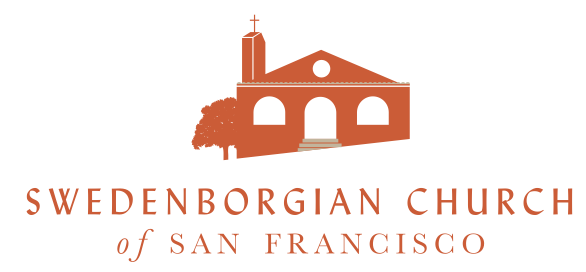When they heard that Jesus was alive and that [May Magdalene] had seen him, they did not believe it. -Mark 16:11
Dear members and friends,
To believe is defined by an English dictionary as “to accept (something) as true; feel sure of the truth of” or “to hold (something) as an opinion; to think or suppose.” When Mary Magdalene came and told the disciples that she saw the resurrected Jesus, the disciples did not believe her, meaning they did not take her testimony as truth. This could mean one of the two things, or both: 1. They did not believe that it was possible to come back from death, or 2. They did not believe that Jesus would appear to her first, and not to them. When did they start to believe? Only when Jesus appeared in front of their own eyes! However, Jesus “rebuked them for their lack of faith and their stubborn refusal to believe those who had seen him after he had risen.”
The word “true” is an adjective with these definitions: in accordance with fact or reality; accurate or exact; loyal or faithful. But defining what is “fact” and what is “reality” is quite challenging task, especially in the 21st century. It’s not that we are challenged to understand and process what appears to be true or accept things that physically exist, but rather what we define as “fact” and “reality” could be a good combination of subjective (or personal) and objective (or factual) interpretations of reality. For example, peanut butter in a jar is physically real. By itself, it has no meaning; it’s just a jar of peanut butter. Yet, to the minds of those with a serious peanut allergy, it means a serious threat to their life. Meanwhile, to the mind of those who love peanut butter, it’s simply a tasty treat. In a way, what both groups of people might perceive when they see a jar of peanut butter is not the peanut butter itself, but the emotional reflections which arose from their experience with the peanut butter. In other words, there is a big difference between what our eyes see as exiting reality and how our mind perceives and processes as what is truly real, and thus what it means to us.
You may believe that Jesus is real, and thus was resurrected from death. Or, you may not believe any of it at all. However, the most important message of Easter is not about debating what to believe and what is right, but about remembering and cherishing the fact that the power of love is stronger than death. With love, God showed us a way to overcome one of our primal fears: death. And, the message of Christ is that the power of love becomes real to our minds as long as we acknowledge and accept its presence and existence in all people.
Blessings, Rev. Junchol Lee
